Equipment
Cleveland Fitting Studio
.jpg) Located in Huntington Beach, California, the Cleveland Fitting Studio has state-of-the art equipment and advice on getting the right sticks for your game. I had the pleasure of spending an afternoon with Justin Barnett, Technical Representative; John Rae, Performance Research Manager; and Nate Radcliffe, Metalwoods Development Manager. It was truly the pro experience. Guess what? You don’t have to be a tour pro or even a writer for Golf WRX to get this treatment. The Cleveland Fitting Studio experience is of no charge. That’s right, free to all golfers. Of course, you need to call and reserve a time, but it is still free. How is that for a bargain?
Located in Huntington Beach, California, the Cleveland Fitting Studio has state-of-the art equipment and advice on getting the right sticks for your game. I had the pleasure of spending an afternoon with Justin Barnett, Technical Representative; John Rae, Performance Research Manager; and Nate Radcliffe, Metalwoods Development Manager. It was truly the pro experience. Guess what? You don’t have to be a tour pro or even a writer for Golf WRX to get this treatment. The Cleveland Fitting Studio experience is of no charge. That’s right, free to all golfers. Of course, you need to call and reserve a time, but it is still free. How is that for a bargain?
One of the best parts of the visit was their putting analysis equipment. They take your putter, set up the specs, hook you up to the machine, and you get some very useful information. Firstly, you see what the face of the putter is doing at address. Justin Barnett explains that this is not as important as where the face is with respect to the ball at impact. In addition, you see putter path, impact spot, and rise & shaft at impact. You even get this information in a printout that also tells you what your clubhead rotation and rate are as well as your timing. Obsessive about your putting? This service is for you.
.jpg)
I was also able to get in some questions about the company and its vision answered from the team:
1. What was the idea behind the design of the Hi-Bore club design?
Nate Radcliffe: After designing the original Launcher 460 and Launcher 460 COMP, we knew that we had maximized the design potential of a large, traditional shape. Despite thin titanium or composite crowns, these larger traditional clubs still had a sweet spot that was positioned above the center of the face. This forced the golfer to hit the ball off of the top of the face to achieve efficient launch conditions. Impacting the ball consistently on the top of the face was not only unrealistic for the average golfer, but proved itself to be an ineffective way to utilize the “trampoline effect” that was centered on the face. We knew that the “traditional” shape was limiting performance and it was time to shift our thinking.
Traditional clubs had several key features that were holding back performance. Remember that the fundamental shape that we were using to design thin, 460cc titanium drivers was derived over 300 years ago for solid, wooden clubs. This is analogous to race car designers being forced to design the race cars of today on a Ford Model T chassis. The basic problems were:
Traditional Design Flaw #1 —- High, bulbous crown (top surface of club head)
-The HiBORE’s inverted crown surface dramatically lowers the weight of the crown section of the clubhead which lowers the overall center of gravity (CG)
Traditional Design Flaw #2 —- Tall skirt (connecting surface between the crown and sole)
-By lowering and/or eliminating the transition line between the crown and the skirt we are able to lower the CG and remove unwanted material and weight that could be placed more effectively in other CG and moment of inertia (MOI) enhancing regions of the clubhead
Traditional Design Flaw #3 —- Toe biased or “pear” shaped profile (top down profile of clubhead is biased toward the toe. Originally this was done to counter-balance the heavy weight of the solid wooden hosel on wooden drivers, but in a hollow design this can lead to a toe-biased CG requiring inefficient heel weighting
-The HiBORE design utilizes a more symmetric chassis from the top down which allows for the deepest and highest MOI weighting without causing the club to become toe weighted or fade-biased.
Traditional Design Flaw #4 —- Shallow sole depth (distance from the face to the deepest point on the sole)
-Traditional drivers extend to their deepest point on the crown and then transition forward to a smaller sole plate. This limits the ability to place weighting in the lowest and deepest possible location within the clubhead. The HiBORE design incorporates an extremely low and deep section within the chassis to allow our engineers to place all discretionary weight in the lowest and deepest possible location. This weighting provides several advantages over a traditional sole design:
* Lower CG (increases launch angle and reduces spin rate
* Deeper CG (increases launch angle and provides stability and ball speed consistency)
* Increased horizontal MOI (improves impact and ball flight consistency from the heel to the toe)
* Increased vertical MOI (improves impact and ball flight consistency up and down the face)
Most simply, the HiBORE is a deep face driver with a low profile chassis that consistently produces more efficient launch conditions than drivers of traditional shape. The HiBORE design is a geometric revision to the driver shape that was a pioneer in the modern era of geometric clubhead design.
2. What type of player is easier to fit, a tour pro or an average golfer?
Nate Radcliffe: Both tour players and high handicappers can present challenges to a fitting process, but both stand to make substantial improvements to their game by utilizing the best technology available to help them select the proper equipment.
Most tour players experiment with their equipment on a weekly basis. They have tried lots of combinations and generally know what they like relative to aesthetics and ball flight. A tour player may have inefficient launch conditions off their driver, but the ball flight is one that they may be accustomed to and trust on the course.
Tour players are very precise and repeatable in their swings and launch conditions, but can require a very specific result in any fitting. The challenge in any tour fitting process is to make improvements within a tight window of acceptable options. At the end of the day, the club must please the player before it pleases the launch monitor.
Higher HDCP, average golfers are obviously much less repeatable in their swing and results (which is why they are not tour players) but in most cases have much more to gain and are open to suggestions. Though it can be a challenge to find enough consistent swings to separate similar shafts and clubs, glaring problems in equipment selection are easy to spot. There are typically big improvements available for average players in any reputable fitting process.
Justin Barnett: They can both be easy as well as be difficult, I would have to say that all in all the tour pro would be an easier fit. They know what specs they play usually and as well know what they want to see in ball flight.
3. What do you hope the fitting center will achieve for the average golfer?
Justin Barnett: The average golfer should achieve a more enjoyable game with his equipment being fit to his specific swing. It makes all the difference in the world
4. Why should an average golfer visit the fitting center?
Justin Barnett: The average golfer should visit the studio before his purchase so that he can get everything fit to his swing. Length, lie angle, shaft and grip size. Most of the time when you line 10 people up you will find that maybe 2 swing the same specs. Another way to look at it would be – if you’re going to buy a nice suit you’re going to want it tailored to fit your body right? So why spend all that money on new clubs and not have them tailored to your swing?
5. What are the technologies in club design that are unique to Cleveland ? To Srixon?
Nate Radcliffe: Cleveland Golf has many patented technologies that we utilize to gain performance advantages in our equipment. We were the first to explore many areas of clubhead design. Here are a few of our many firsts:
* True geometric design in the modern era of drivers (Original HiBORE driver)
* Full transition hybrid iron design (HiBORE Irons)
* Milled grooves in wedges ( Cleveland 900 series)
* Vibration absorption systems in irons (VAS)
* Multiple bounce options in wedges ( Cleveland 900 series)
Our parent company SRI Sports has vast knowledge and expertise in golf club and golf ball design. We have only begun to explore the vast horizons of collaboration between our 2 RND and Intellectual Property teams. We expect exciting innovation to occur through our collaboration with SRI going forward.
6. Will Srixon eventually manufacture clubs for the lefty golfer?
John Rae: Currently, SRI has a very strong presence in the Japanese market with both the Srixon and XXIO brands. SRI is actually the #1 driver manufacturer in Japan. The Japanese market currently does not have a significant demand for lefty clubs so Srixon does not produce any for Japan. The Srixon brand is not as widely known in the US, so the need for lefty clubs in the US is small as well.
Moving forward, Srixon hopes to capitalize on the partnership with Cleveland . With Cleveland ’s extensive market presence in the US and wider distribution network, Srixon hopes to grow in the US market over the next several years. As the brand grows and flourishes, the demand for lefty clubs will clearly increase. At that point, I expect that Srixon will produce clubs for the lefty golfer.
7. What are the types of considerations made when designing new clubs? Does everything start with PGA specs or do ideas come and then conform?
John Rae: When designing a new club, one of the main considerations is the target audience. This audience is the driving factor in where we start the design process. If we are designing a product that is geared exclusively toward the better player and elite golfer, we will start with PGA specs and design around the look and feel requirements that the better player demands. On the other hand, if we are designing an all-ability club or a game improvement club our approach is a little different. In those cases, we will often ignore the USGA rules and traditional aesthetic requirements in the initial phases of conception. By doing this, we can free our minds up to envision the designs that will truly lead to better performance and help the target golfer. Once we have completed our ‘blue sky’ research phase, we will take some of those concepts and pull them back within the USGA rules, and modify the designs to pleasing aesthetics. By taking both approaches, we can provide tour proven products that have the look and feel the better player demands, while still producing some of the most technologically advanced and innovative products in the market.
8. How difficult is it to design a new club for each season? What do you try to accomplish with each new generation?
John Rae: The design process is very difficult. Without the new Computer Aided Design (CAD) and Finite Element Analysis (FEA) software it would be impossible to produce golf clubs as high performance as current clubs. Using this new technology, it is possible to simulate a wide variety of designs and truly optimize the design before making the first prototype parts.
I think we take a rather unique approach to designing golf clubs at Cleveland Golf. We do not create a new product just to have a new product. Every product is created off of the simple question: ‘What is wrong with our current product?’ We get our answer to the question from a variety of sources. We talk to our sales representatives who are in constant communication with shop salesmen and customers. We talk to our customer services representatives who speak to the consumer on a daily basis. We perform extensive player and robotic testing. The Fitting Studio also performs a valuable function as our trained technical staff can work directly with players and determine what works well and why.
Using the knowledge we obtain from all these sources we design the next generation golf club to address these weaknesses of its predecessor without sacrificing the strengths. We do not believe that any product is perfect, so we won’t design a new product without the specific direction of how we want to improve upon the previous product.
9. Do you use the information from tour pros that you collect as well as from the average golfer in the fitting center in your designs?
John Rae: In our designs, we use data from a wide variety of sources. We have several avenues for testing new products before we release them, but after a product is in the market the Fitting Studio is one of our best resources. The Fitting Studio provides us with information on a wide variety of golfers. We can collect data on golfers in every segment of the market. For each of these golfers we then can use their data to understand why certain clubs worked or did not work for them.
This becomes very useful when starting the design of the next product. The information from the Fitting Studio helps us determine: if a shaft is too stiff or too soft for the market, if a head flies too low or too high, if the tour version is too open, or if the draw version is too closed. All of this information is crucial in improving our designs from one generation to the next.
10. What can we expect in the near future from Cleveland/Srixon?
Nate Radcliffe: Come on now . . . we can’t tell you that! What we can say is that we never release a golf club that is not measurably better than its predecessor relative to the targeted design elements. We will continue to push design against the limits set forth within the rules of golf. The future is in clubheads that push the limits without sacrificing on any design variable. There is still a significant amount to be explored within clubhead design and we all feel very lucky to be a part of the exploration.
Check out the Fitting Center for yourself. You can find all of the information on their website.
- LIKE0
- LEGIT0
- WOW0
- LOL0
- IDHT0
- FLOP0
- OB0
- SHANK0
Whats in the Bag
Kevin Streelman WITB 2024 (April)
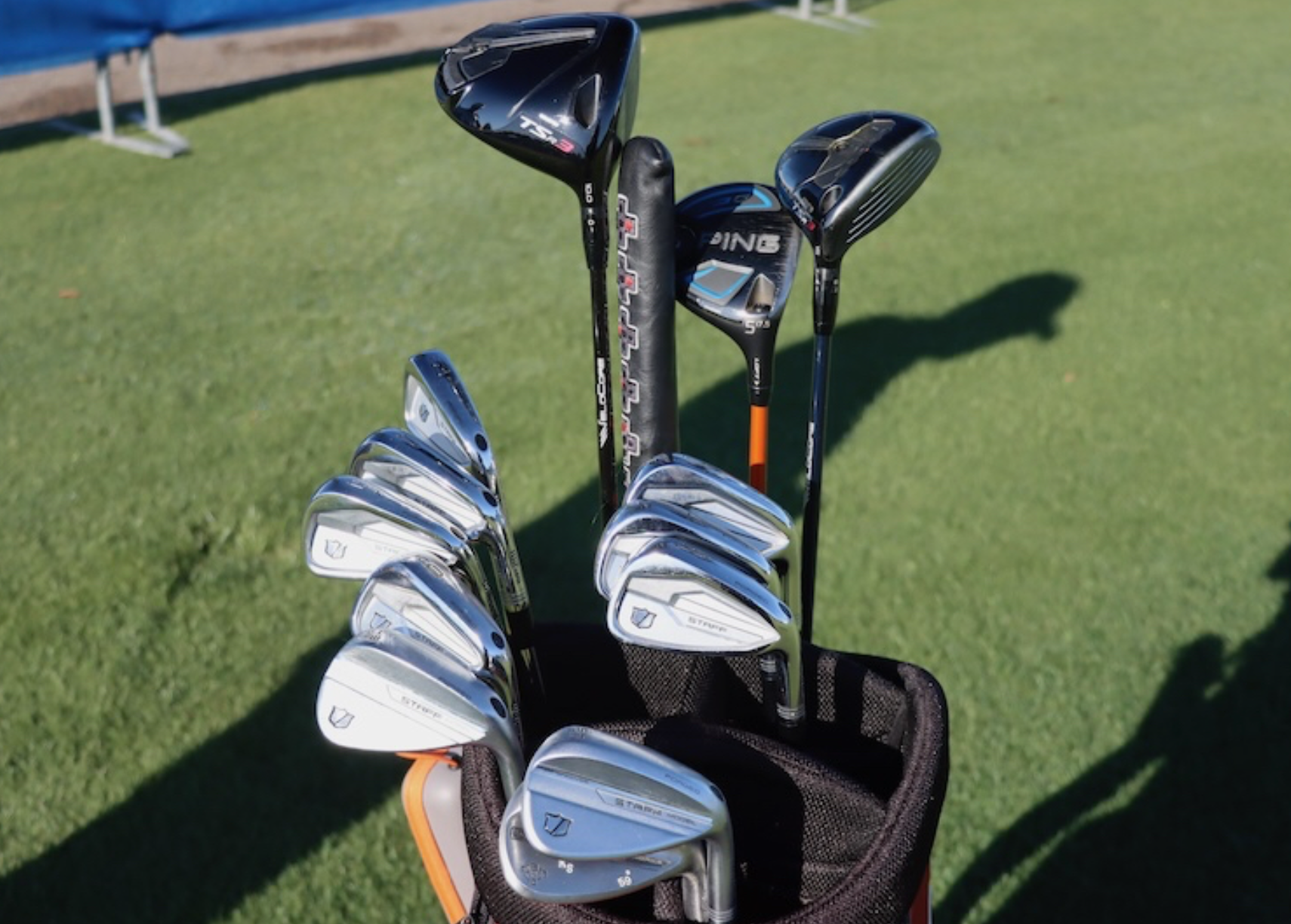
- Kevin Streelman what’s in the bag accurate as of the Zurich Classic.
Driver: Titleist TSR3 (10 degrees, D1 SureFit setting)
Shaft: Fujikura Ventus TR Black 6 X
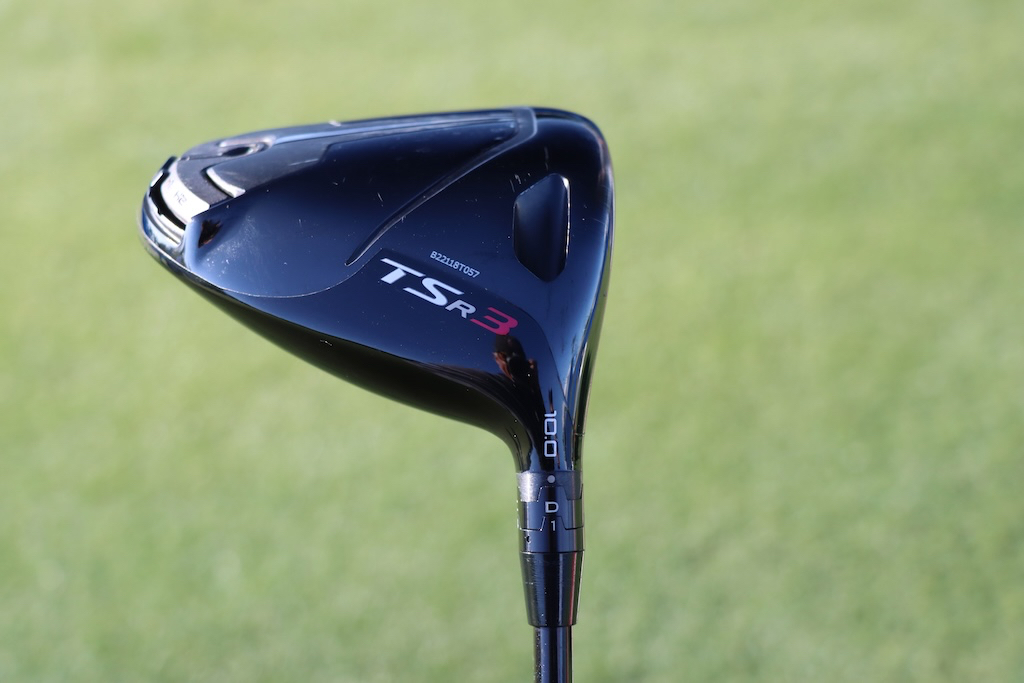
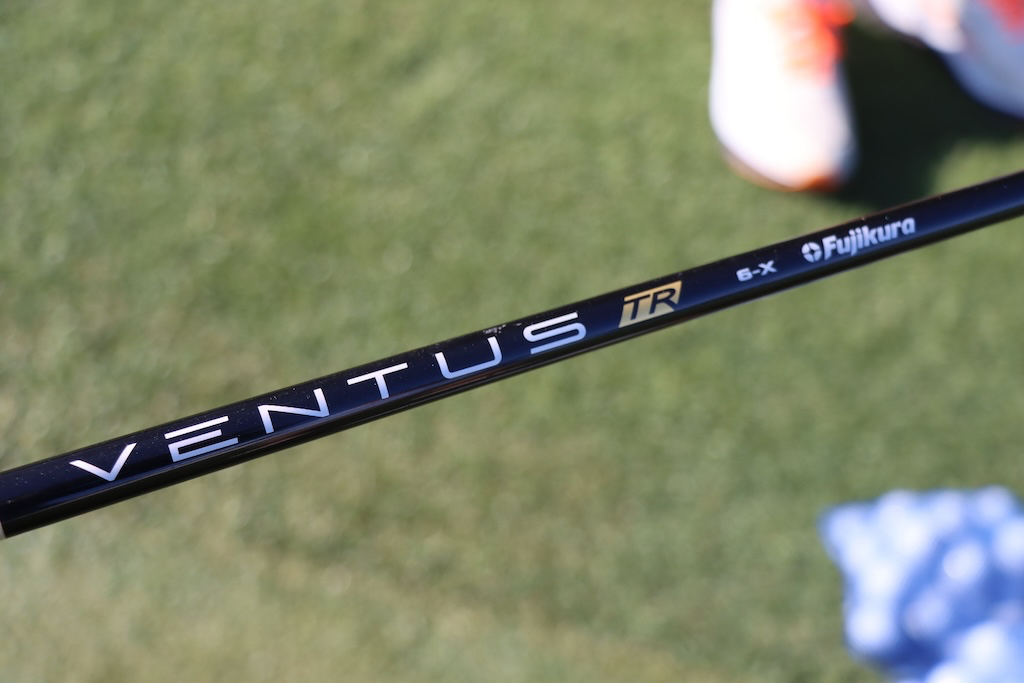
3-wood: Titleist TSR3 (15 degrees, A1 SureFit setting)
Shaft: Fujikura Ventus Blue 8 X
5-wood: Ping G (17.5 degrees)
Shaft: Graphite Design Tour AD DI 10 X
Irons: Wilson Staff Model CB (4-9)
Shafts: Project X 6.5
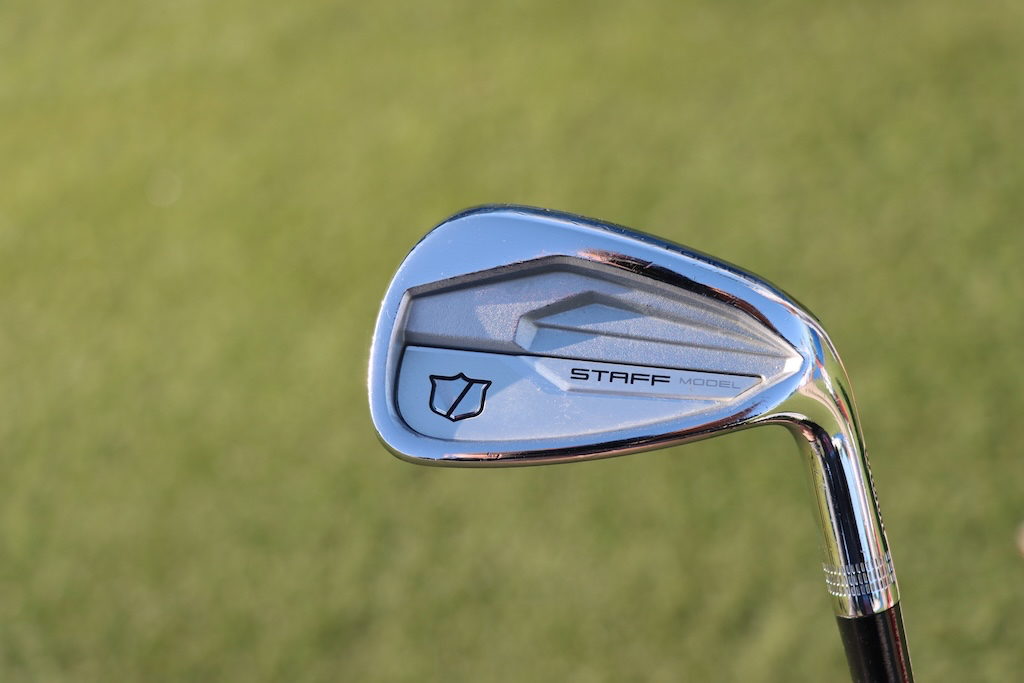
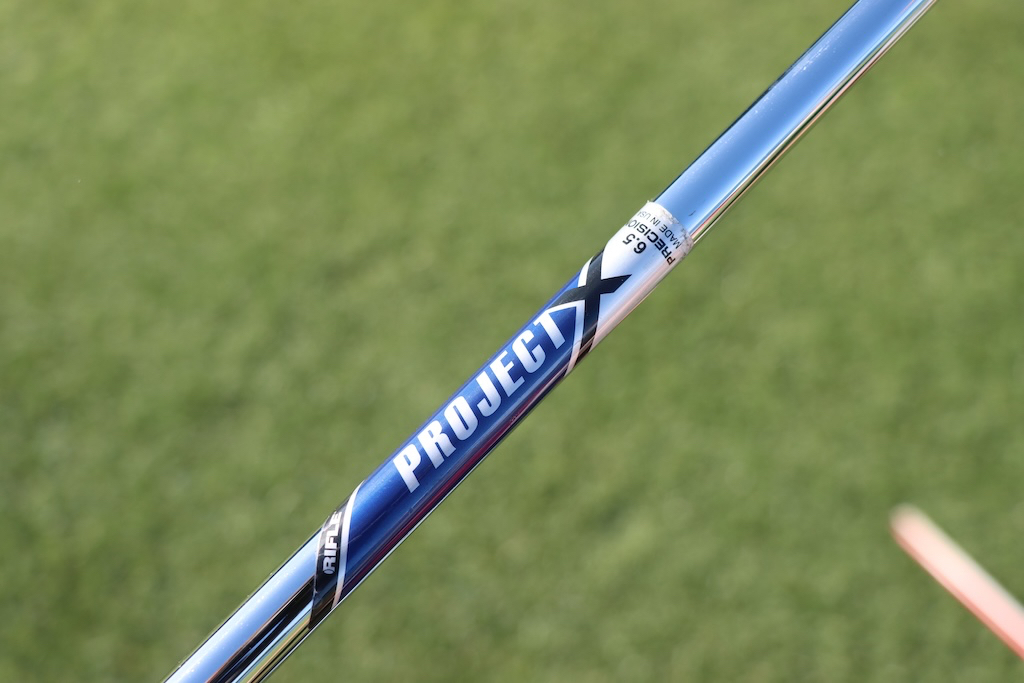
Wedges: Wilson Staff Model (48-08, 54-08), Titleist Vokey Design WedgeWorks (58-L @59)
Shafts: Project X 6.5 (48), True Temper Dynamic Gold Tour Issue S400 (54, 58)
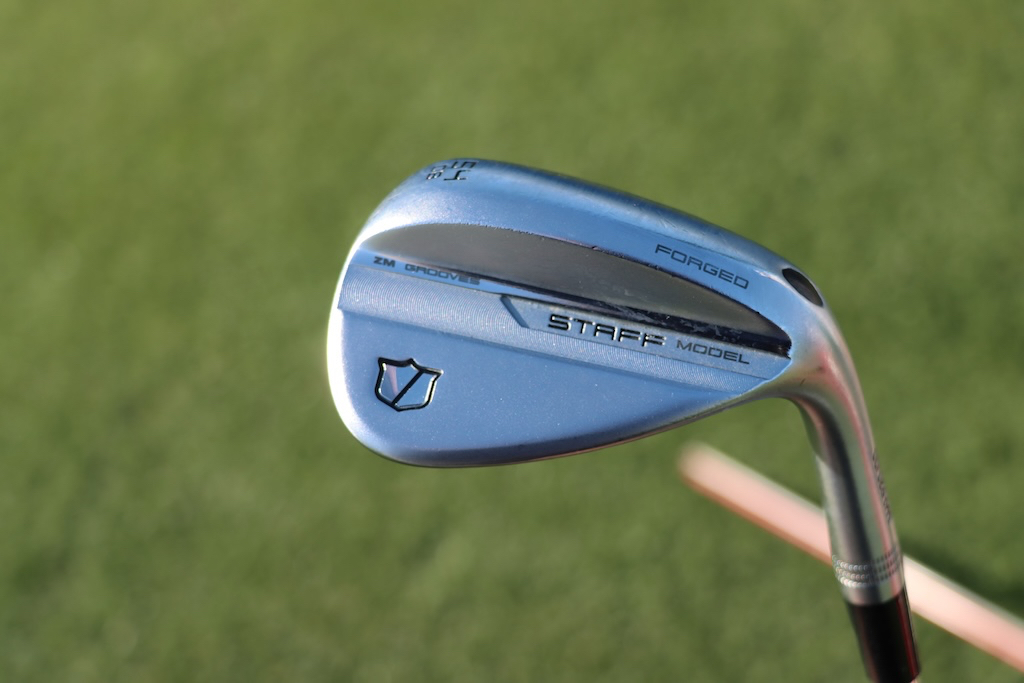
Putter: Scotty Cameron TourType SSS TG6
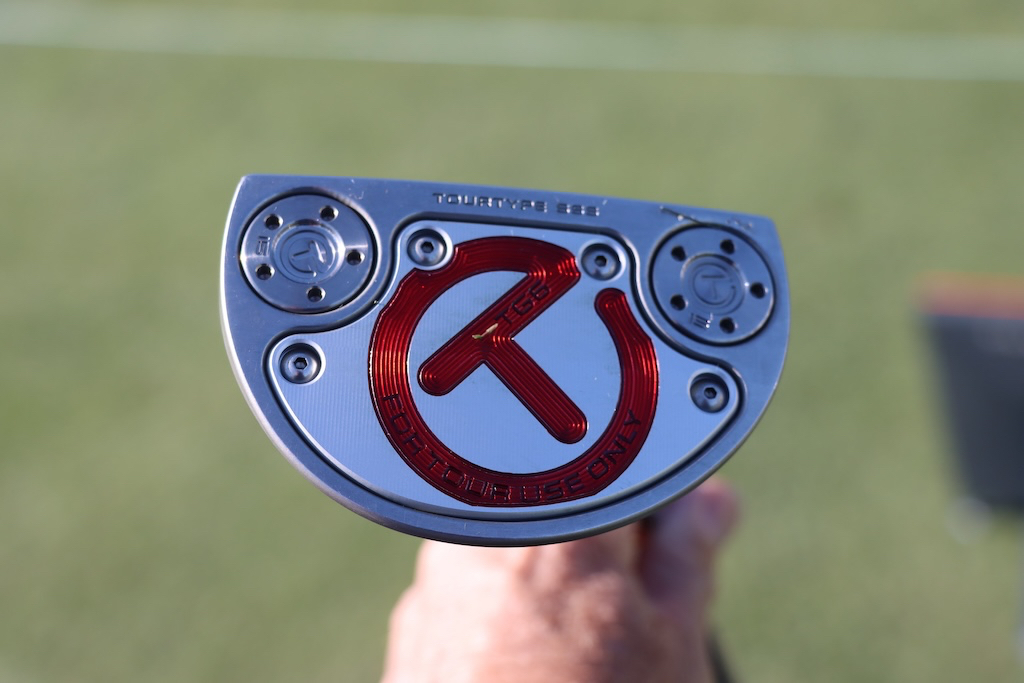
Grips: Golf Pride Tour Velvet
Ball: Titleist Pro V1x
Check out more in-hand photos of Kevin Streelman’s clubs here.
- LIKE3
- LEGIT0
- WOW0
- LOL1
- IDHT0
- FLOP0
- OB0
- SHANK0
Equipment
Choose Your Driver: Which 2012 driver was your favorite?
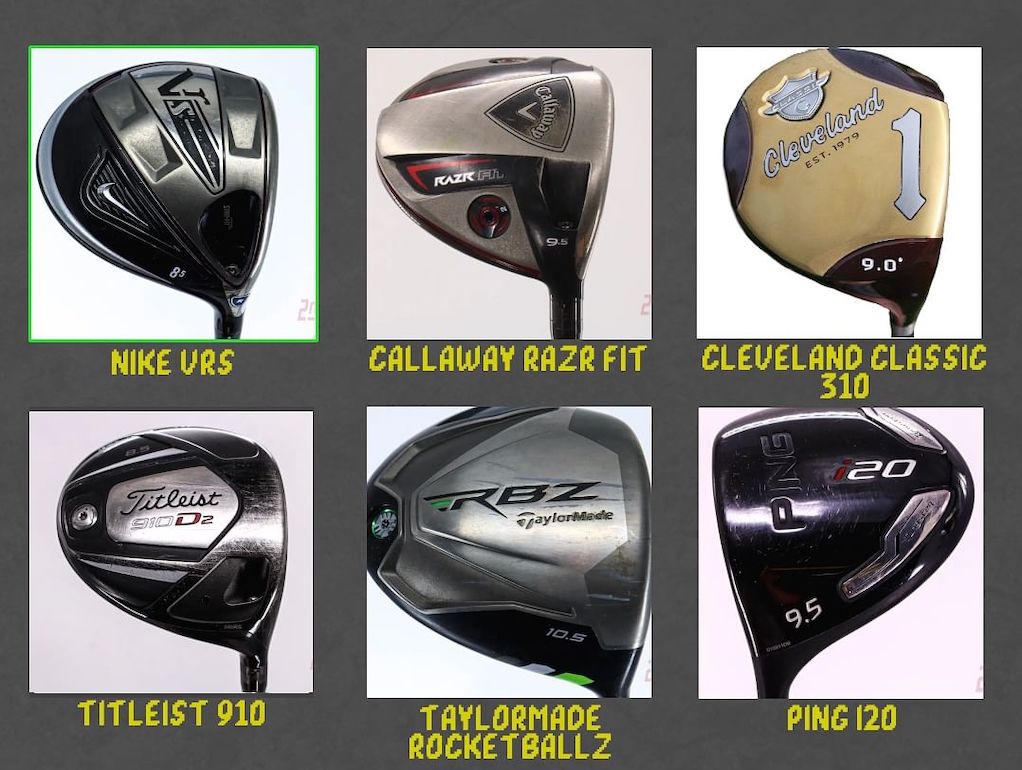
The year was 2012. Gangnam Style ruled supreme, its infectious beats and ludicrous horse-riding dance moves hypnotizing us with their stupidity. Everyone was talking about the Mayan calendar, convinced that the end of days was near. Superheroes soared on the silver screen, with the Avengers assembling in epic fashion. Katniss Everdeen survived The Hunger Games. And the memes! The memes abounded. Grumpy Cat triumphed. We kept calm and carried on.
In much the same way that automotive enthusiasts love classic cars, we at GolfWRX love taking a backward glance at some of the iconic designs of years past. Heck, we love taking iconic designs to the tee box in the present!
In that spirit, GolfWRX has been running a series inspired by arguably the greatest fighting game franchise of all time: Mortal Kombat. It’s not “choose your fighter” but rather “choose your driver.”
Check out some of the standout combatants of 2012 below.
View this post on Instagram
Nike VRS
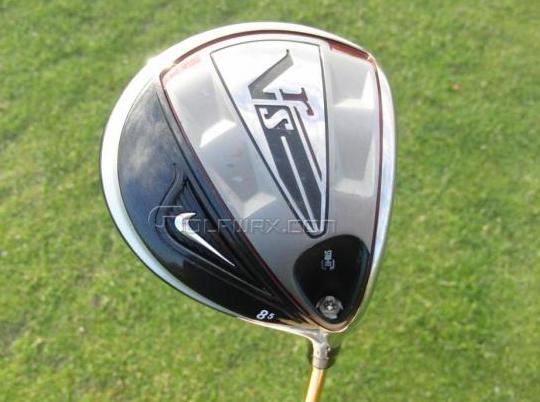
Often harshly critiqued during its years releasing golf equipment (right, Phil Mickelson?), Nike’s tenure in the club-and-ball business gets a gloss of nostalgic varnish, with many of its iron and putter designs continuing to attract admirers. Among the company’s driver offerings, the 2012 VRS — or VR_S, if you will — drew high marks for its shaping and toned-down appearance. The multi-thickness, NexCOR face was no joke either.
Check out our coverage from 2012 here.
Callaway RAZR Fit
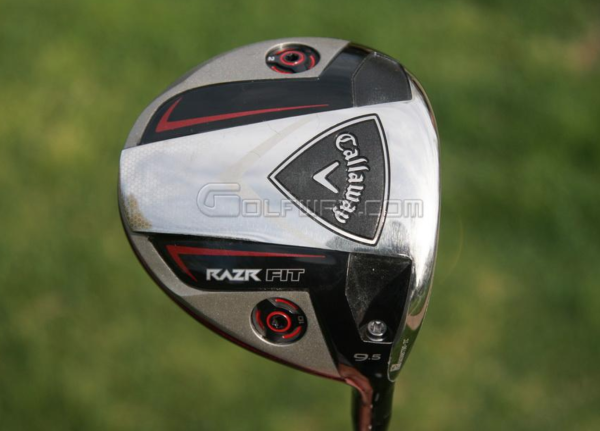
Callaway’s first foray into moveable weight technology (married with its OptiFit hosel) did not disappoint. With a carbon fiber crown, aerodynamic attention to detail, and variable and hyperbolic face technologies, this club foreshadowed the tech-loaded, “story in every surface” Callaway drivers of the present, AI-informed design age.
Check out our coverage from 2012 here.
Cleveland Classic 310
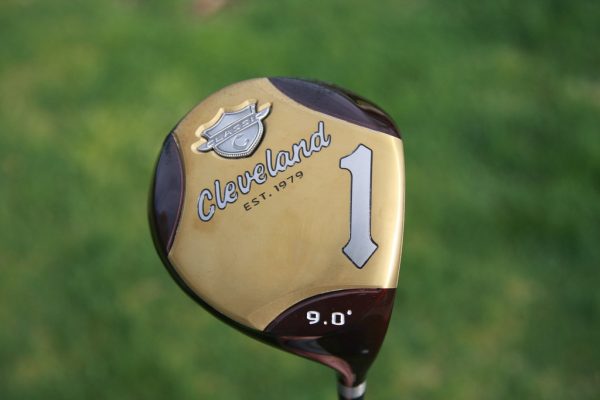
Truly a design that came out of left field. Cleveland said, “Give me a persimmon driver, but make it titanium…in 460cc.” Our 2012 reviewer, JokerUsn wrote, “I don’t need to elaborate on all the aesthetics of this club. You’ve seen tons of pics. You’ve all probably seen a bunch in the store and held them up close and gotten drool on them. From a playing perspective, the color is not distracting. It’s dark enough to stay unobtrusive in bright sunlight…Even my playing partners, who aren’t into clubs at all…commented on it saying it looks cool.” Long live!
Check out our coverage from 2012 here.
Titleist 910
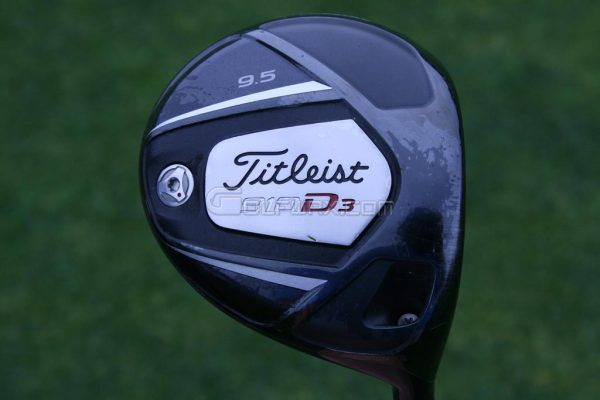
While there’s no disputing Titleist’s “Titleist Speed” era of drivers perform better than its 2010s offerings, sentimentality abounds, and there was something classically Titleist about these clubs, right down to the alignment aid, and the look is somewhere between 983 times and the present TS age. Representing a resurgence after a disappointing stretch of offerings (907, 909), The 910D2 was a fairly broadly appealing driver with its classic look at address and classic Titleist face shape.
Check out our coverage from 2012 here.
TaylorMade RocketBallz
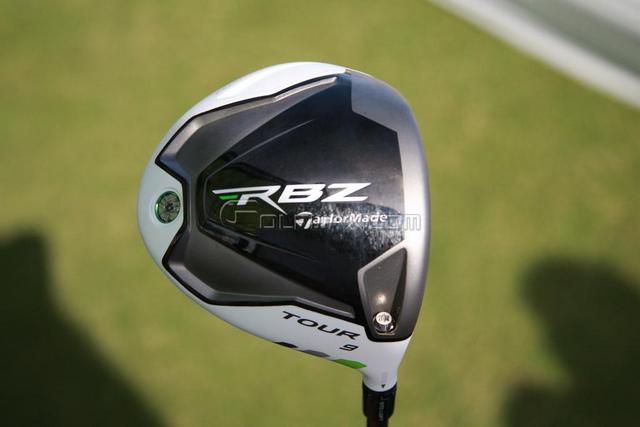
The white crown. The name. You either loved ‘em or you hated ‘em. TaylorMade’s 2012 offering from its RocketBallz Period boasted speed-enhancing aerodynamics and an Inverted Cone Technology in the club’s titanium face. Technology aside, it’s impossible to overstate what a departure from the norm a white-headed driver was in the world of golf equipment.
Check out our coverage from 2012 here.
Ping i20
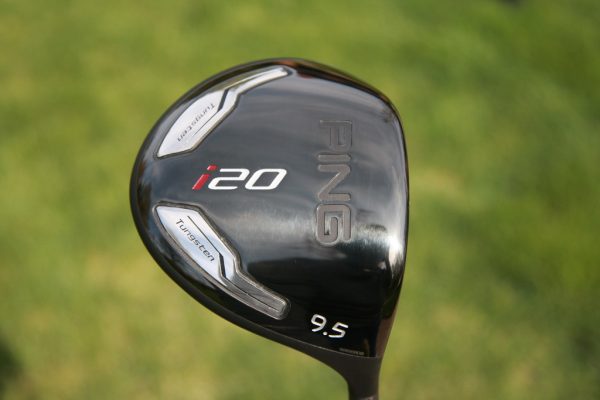
Long a quietly assertive player in the driver space, Ping’s i20 was more broadly appealing than the G20, despite being a lower-launch, lower-spin club. Ping drivers didn’t always have looks that golfer’s considered traditional or classic, but the i20 driver bucked that trend. Combining the classic look with Ping’s engineering created a driver that better players really gravitated toward. The i20 offered players lower launch and lower spin for more penetrating ball flight while the rear 20g tungsten weights kept the head stable. Sound and feel were great also, being one of the more muted driver sounds Ping had created up to that time.
Check out our coverage from 2012 here.

GolfWRXers, let us know in the comments who “your fighter” is and why!
- LIKE14
- LEGIT0
- WOW0
- LOL0
- IDHT0
- FLOP2
- OB0
- SHANK1
Equipment
Coolest thing for sale in the GolfWRX Classifieds (4/29/24): Krank Formula Fire driver with AutoFlex SF505 shaft
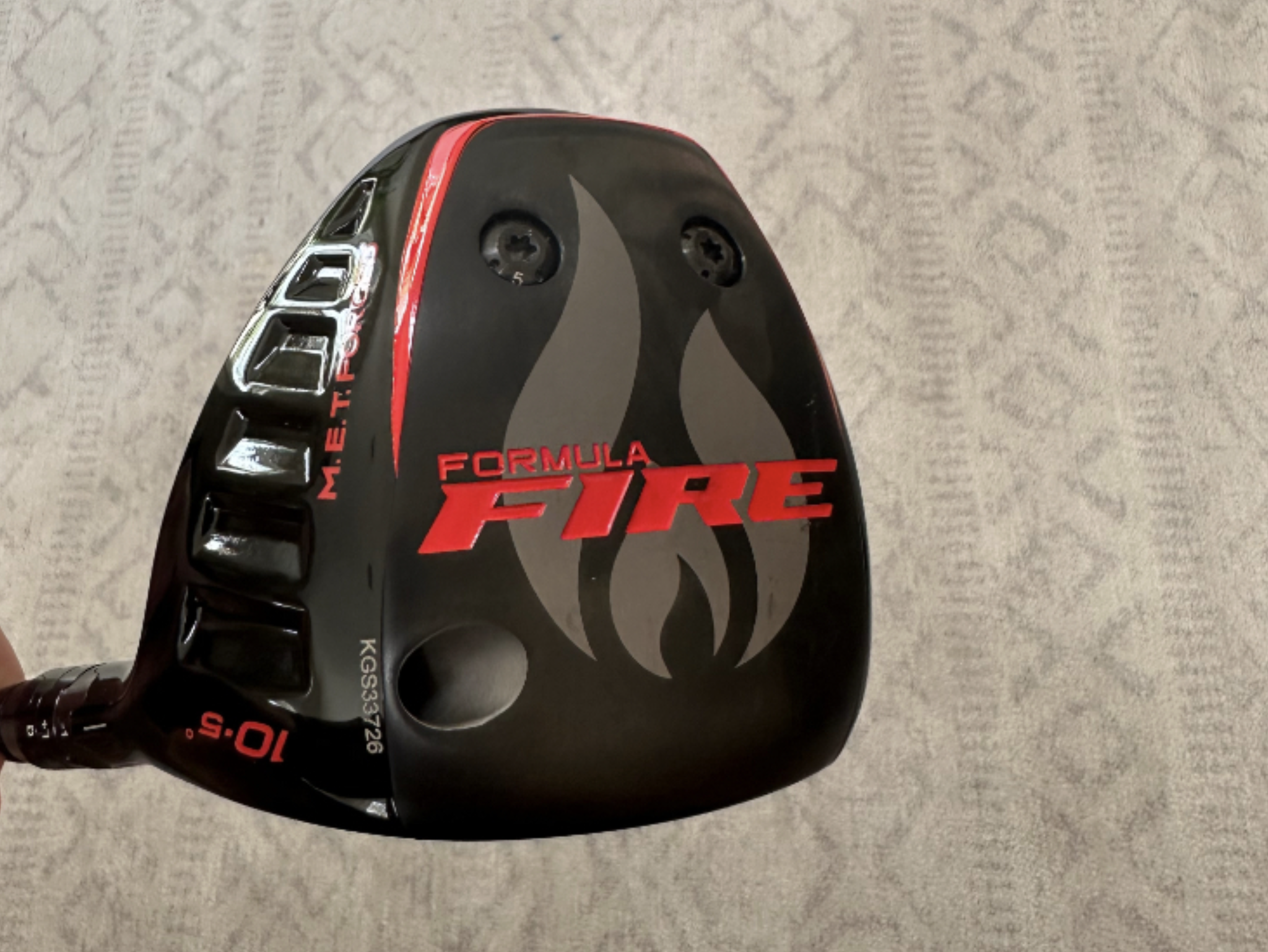
At GolfWRX, we are a community of like-minded individuals that all experience and express our enjoyment of the game in many ways.
It’s that sense of community that drives day-to-day interactions in the forums on topics that range from best driver to what marker you use to mark your ball. It even allows us to share another thing we all love – buying and selling equipment.
Currently, in our GolfWRX buy/sell/trade (BST) forum, there is a listing for a Krank Formula fire driver with AutoFlex SF505 shaft.
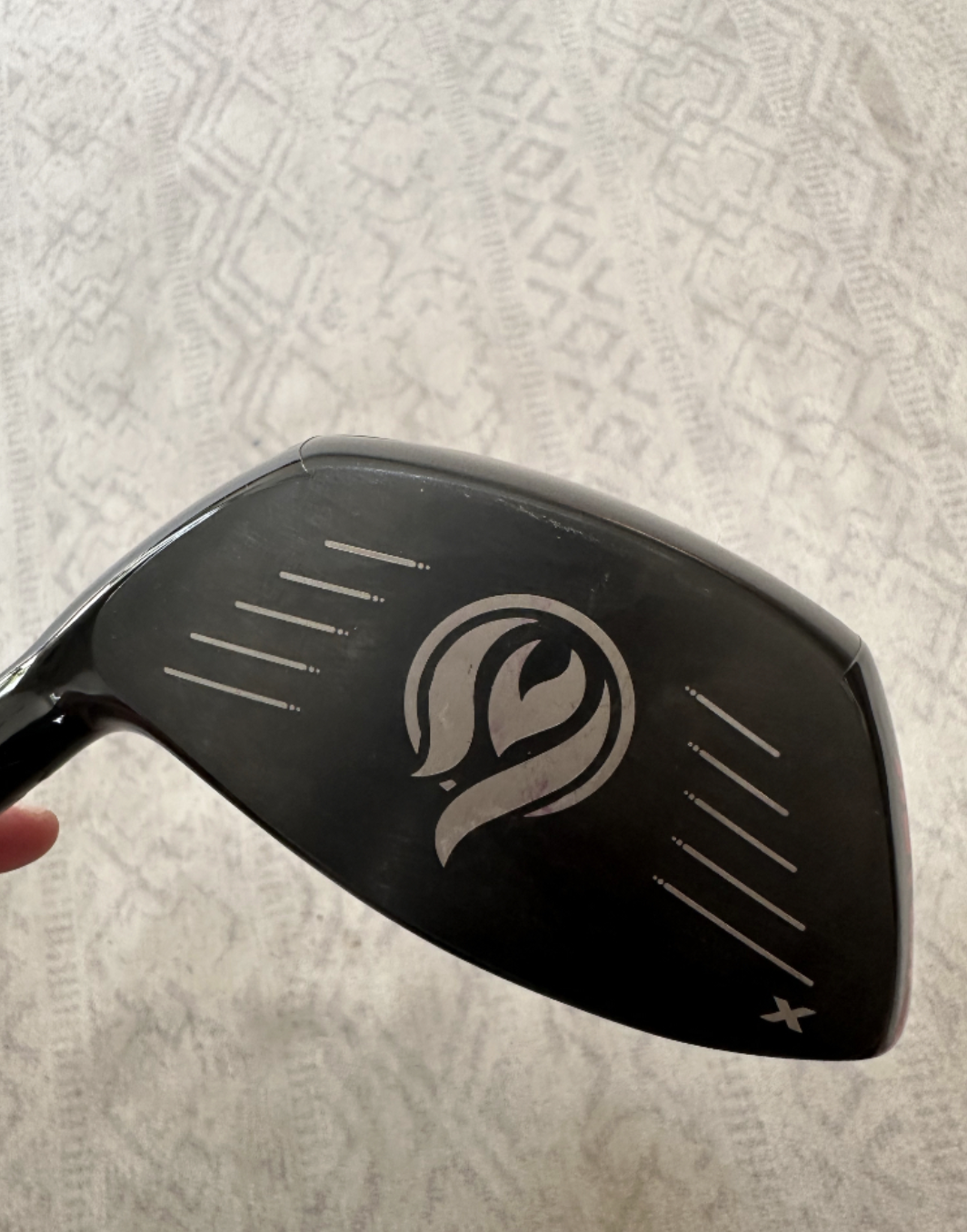
From the seller: (@well01): “Krank formula fire 10.5 degree with AUtoflex SF505. $560 shipped.”
To check out the full listing in our BST forum, head through the link: Krank Formula Fire driver with AutoFlex SF505 shaft
This is the most impressive current listing from the GolfWRX BST, and if you are curious about the rules to participate in the BST Forum you can check them out here: GolfWRX BST Rules
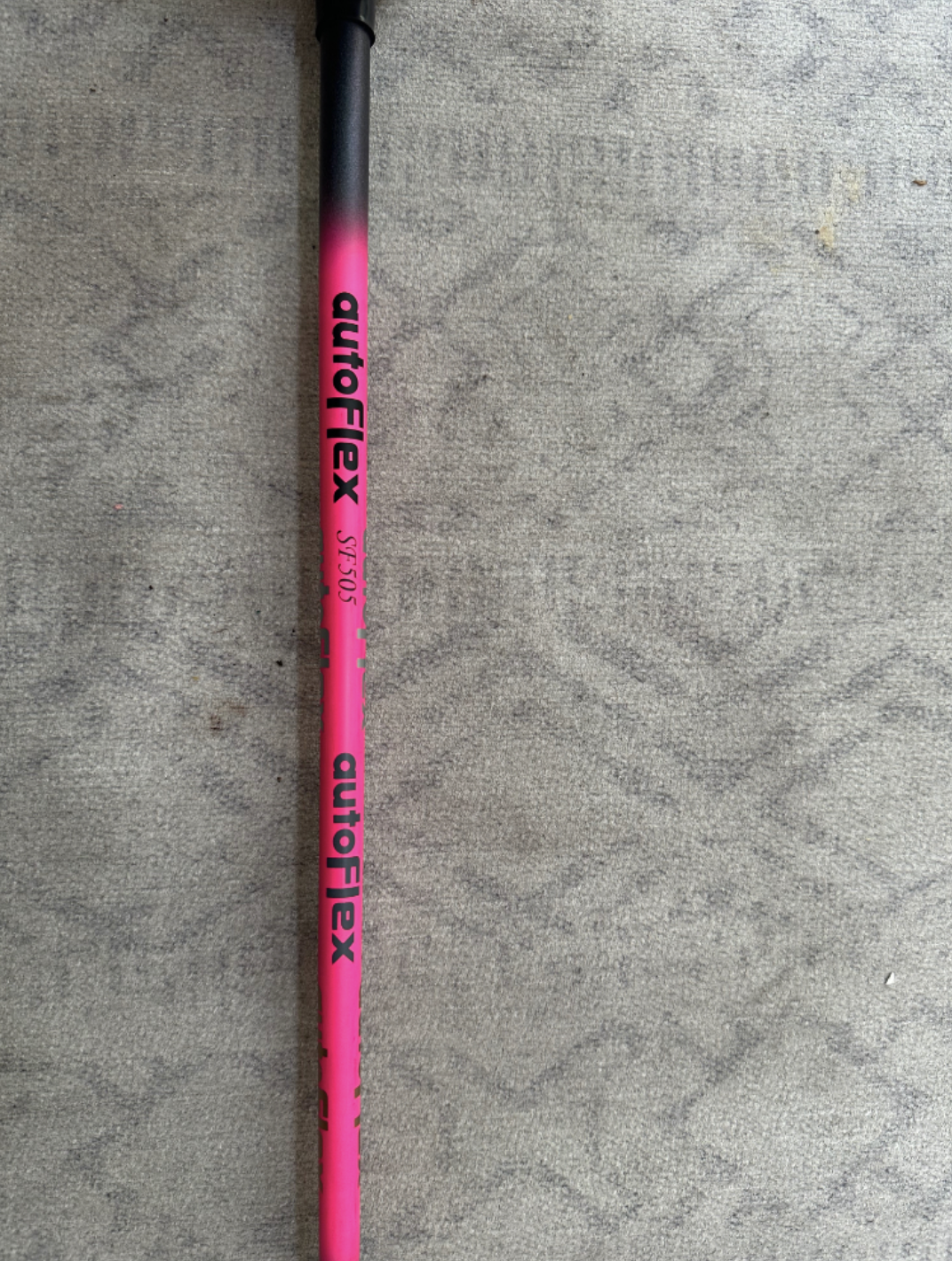
- LIKE9
- LEGIT2
- WOW0
- LOL0
- IDHT0
- FLOP1
- OB0
- SHANK1
-

 19th Hole3 weeks ago
19th Hole3 weeks agoDave Portnoy places monstrous outright bet for the 2024 Masters
-

 19th Hole1 week ago
19th Hole1 week agoJustin Thomas on the equipment choice of Scottie Scheffler that he thinks is ‘weird’
-

 19th Hole3 weeks ago
19th Hole3 weeks agoTiger Woods arrives at 2024 Masters equipped with a putter that may surprise you
-

 19th Hole1 week ago
19th Hole1 week ago‘Absolutely crazy’ – Major champ lays into Patrick Cantlay over his decision on final hole of RBC Heritage
-

 19th Hole2 weeks ago
19th Hole2 weeks agoTwo star names reportedly blanked Jon Rahm all week at the Masters
-

 19th Hole2 weeks ago
19th Hole2 weeks agoReport: LIV Golf identifies latest star name they hope to sign to breakaway tour
-

 19th Hole2 weeks ago
19th Hole2 weeks agoNeal Shipley presser ends in awkward fashion after reporter claims Tiger handed him note on 8th fairway
-

 19th Hole2 weeks ago
19th Hole2 weeks agoBrandel Chamblee has ‘no doubt’ who started the McIlroy/LIV rumor and why















